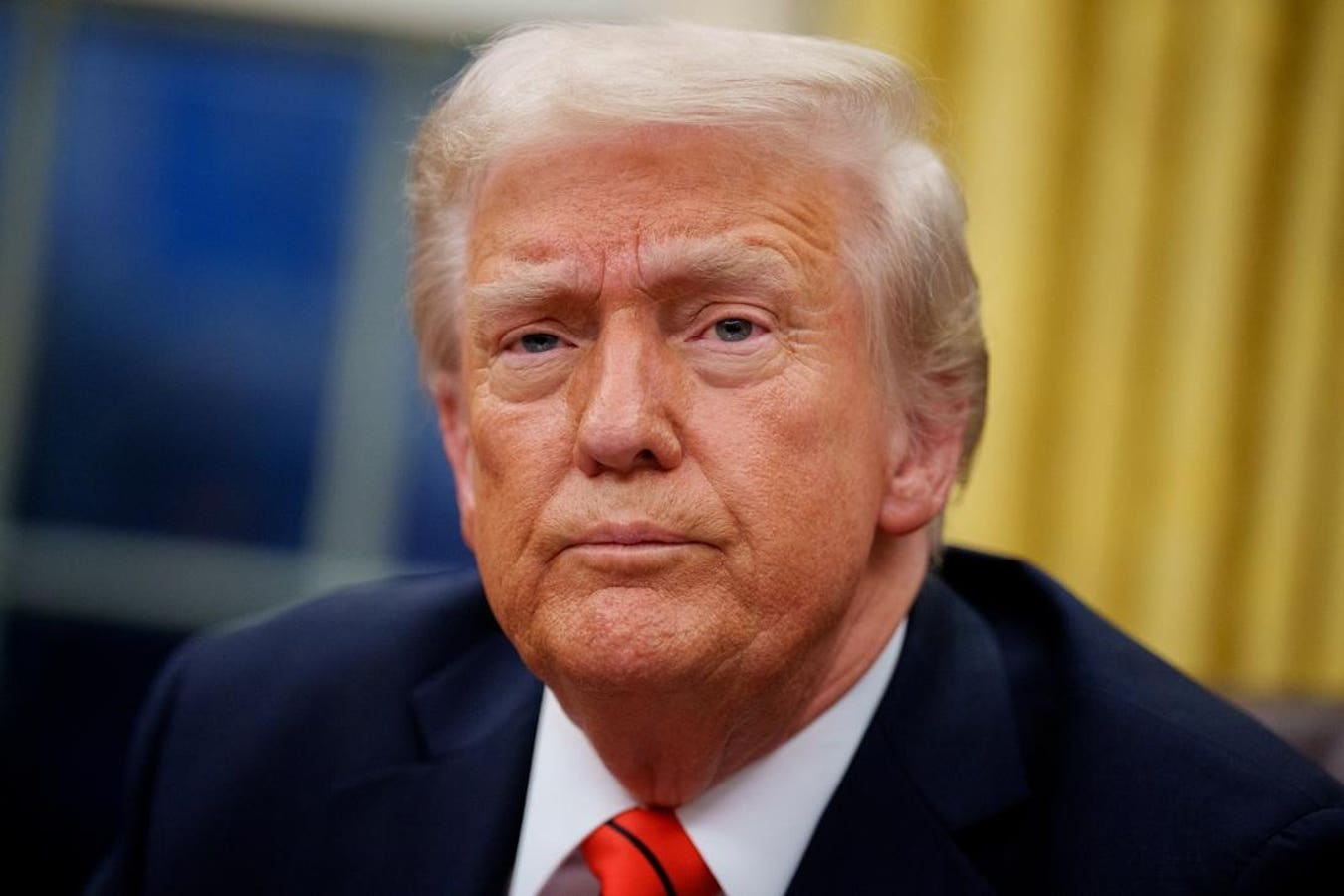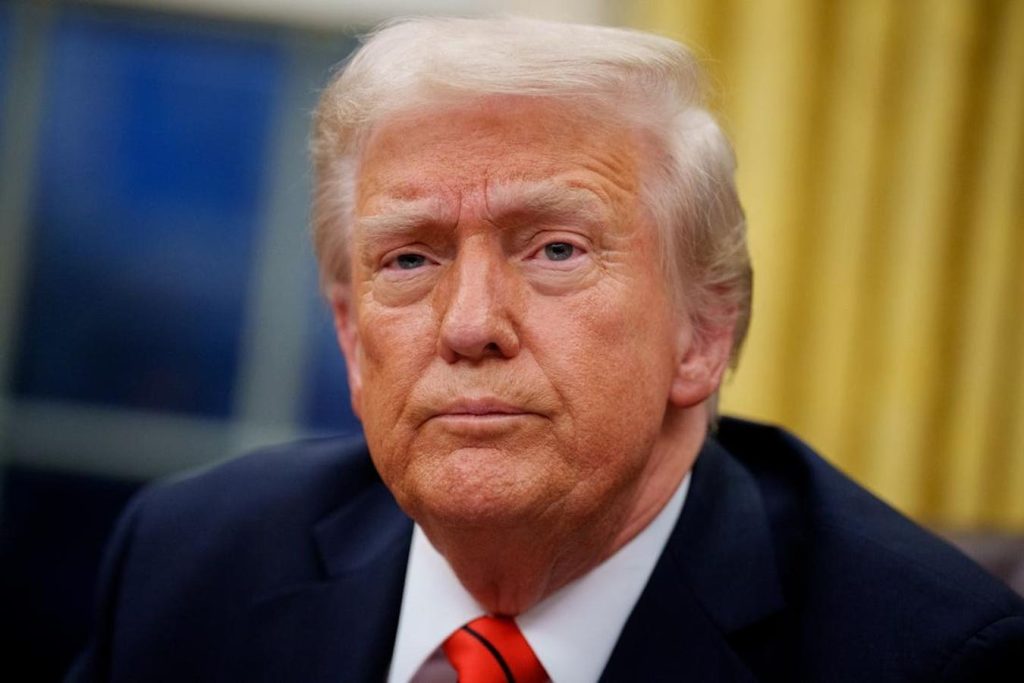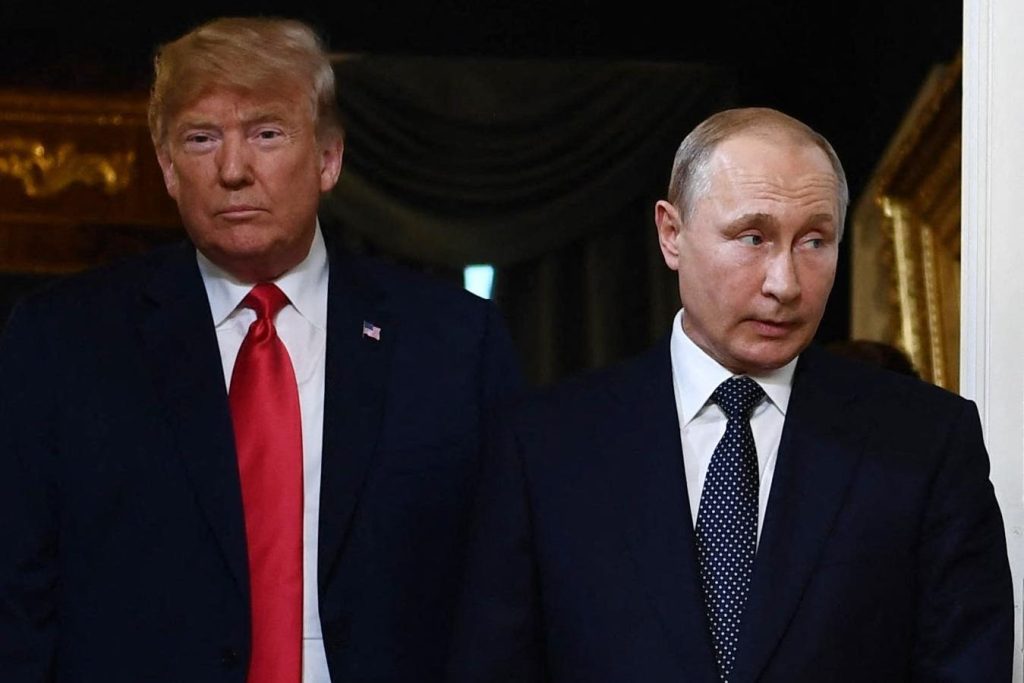Topline
Weakened further by President Donald Trump’s “Liberation Day” tariffs, the U.S. dollar is down 6% compared to the euro so far this year, which means American travelers will likely pay more in Europe this summer.
Due to the weakened dollar, European vacations are likely to cost more this summer. (Photo by … More Matthias Hangst)
Key Facts
The U.S. dollar is 5% weaker globally since the beginning of 2025, per the DXY, which measures the value of the dollar relative to a basket of foreign currencies.
The dollar is down 6% against the euro and about 3% down versus the British pound sterling year to date.
Following a strong 2024, the U.S. dollar hit a two-year high on Jan. 2, prompting Adam Button, chief currency analyst at ForexLive in Toronto to tell Reuters, “The dollar is the only game in town until there is a genuine stumble in the U.S. economy.”
In the 24 hours following President Donald Trump’s “Liberation Day” tariff announcement, the DXY experienced an intraday decline of 2.2%, before recovering a half a percentage point by midday Friday.
Key Background
Normally, tariffs would bolster the U.S. dollar, but that hasn’t happened yet. “It probably comes as a surprise to the administration that the dollar is weakened, not strengthened, on these tariff announcements,” Chris Turner, global head of markets at the Dutch multinational bank ING, told Forbes. “One of the overriding themes for the last couple of years has been this story of U.S. exceptionalism—the idea that if there’s better growth and higher interest rates, the dollar would do well,” Turner added, noting that U.S. equities fell more than European equities Thursday.
Crucial Quote
“If you’ve got U.S. tourists looking to book trips to Europe, I would say do it sooner rather than later,” said Turner. “There’s a risk of dollar falling even more this summer but, obviously, it’s still very uncertain.”
Will A Weaker Dollar Attract More Foreign Tourists To The U.s.?
Normally, a weaker dollar would attract more international travelers—something the U.S. travel industry would love to see. But Trump’s tariffs and hostile rhetoric, as well as high-profile headlines of international travelers being detained by U.S. immigration officials, are “stacking up as significant hurdles for the U.S. travel industry,” Adam Sacks, president of Tourism Economics, a nonpartisan Oxford Economics company tracking tourism statistics, told Forbes. On Thursday, his organization downgraded its 2025 inbound travel forecast for the U.S. from a 9% increase in international tourists to a 9% decrease—an 18% swing “with risks still skewed towards the downside.” Tourism Economics’ revised forecast sees international visitor spending in the U.S. declining 5%, which translates to a loss of $9 billion this year alone.
What We Don’t Know
Will the dollar weaken further? Central banks around the world, and particularly in Asia, hold trillions in foreign exchange reserves—known as FX reserves—highly weighted in U.S. dollars. “But with everything going on in Washington, I think the concern will be that they start to cut the share of dollars in those reserves,” Turner said. “That’s one of the threats—but it’s super uncertain at the moment.”
Tangent
Domestic travel demand is also weakening, new data shows. “The economy has largely been driven by the U.S. consumer, with a very low savings rate, spending beyond their means, and the tariffs have caught the US economy at a vulnerable time,” Turner said. “Hard data on consumption in January and February was much weaker than expected, suggesting that the U.S. consumer is finally stopping their splurge.”
Further Reading
Trump’s Tariffs Could Cause A Crisis Of Confidence In The Dollar (Forbes)











